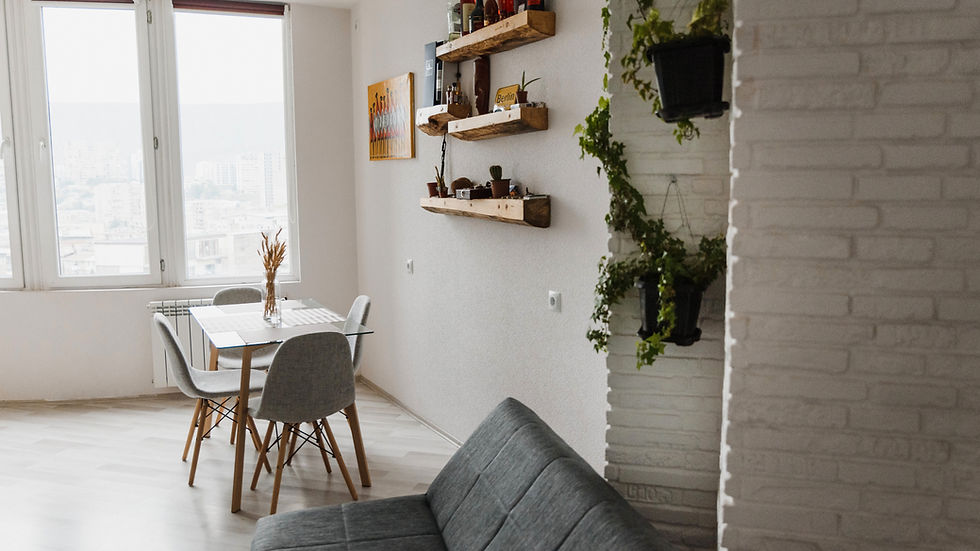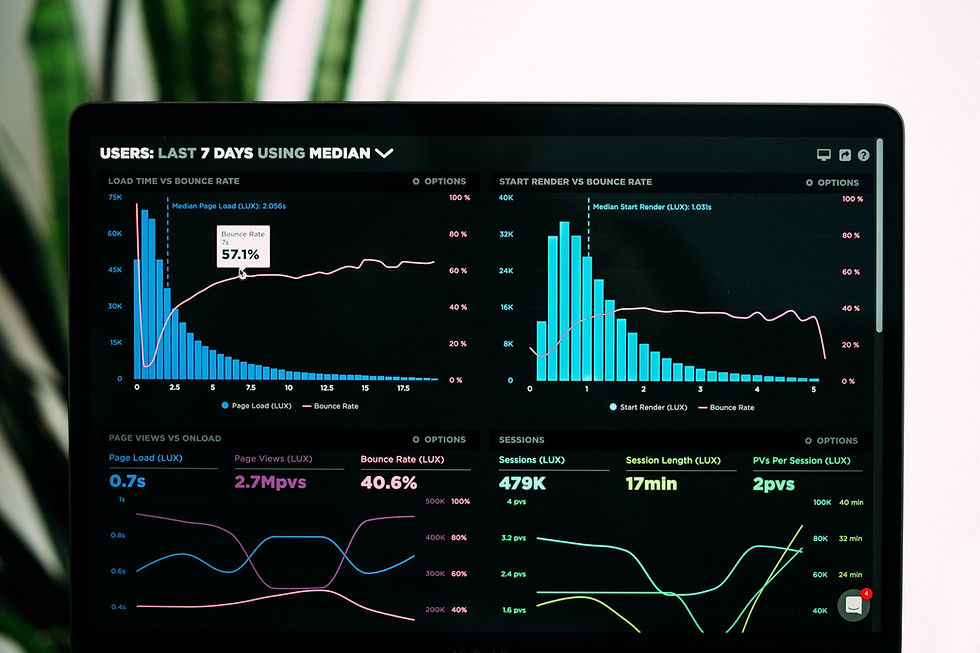How much do I need to save to afford a second home?
- Tyler Vaughan
- Jul 4
- 2 min read
Updated: Jul 14
A second home can be a rewarding investment and a source of cherished family memories. Whether it's a weekend escape, a future retirement retreat, or a short-term rental opportunity, preparing financially is the first—and most important—step.
So, how much should you save? Let’s break down the key areas to help you build a smart savings strategy for your second home.

1. Down Payment
Second homes typically require a larger down payment than your first. Expect to contribute a significant percentage upfront, especially if you want to avoid extra fees like private mortgage insurance. A higher down payment can also lead to better loan terms and lower monthly payments.
2. Closing Costs
In addition to the down payment, you’ll need to budget for closing costs. These include fees for the loan, title services, inspections, appraisals, and taxes. These one-time expenses are due at the time of closing and are important to factor into your total savings goal.
3. Cash Reserves
Most lenders will want to see that you have savings beyond your down payment and closing costs. These reserves prove that you can comfortably cover both your primary and secondary mortgages, even in the event of an emergency or unexpected expense.
4. Property Taxes and Insurance
Second homes often come with higher insurance premiums and annual property taxes—especially if located in areas with seasonal weather, vacation traffic, or wildfire zones. These are recurring costs that need to be accounted for in your long-term financial planning.
5. Maintenance and Repairs
Even if you plan to use the property occasionally, maintenance is a must. From HVAC servicing and roof checks to snow removal and general upkeep, every home comes with responsibilities. Set aside a portion of your savings to cover these ongoing costs throughout the year.
6. Furnishing and Setup
If your second home will be used as a vacation spot or short-term rental, furnishing and prepping the space may require additional savings. This includes furniture, appliances, home security systems, and other essentials to make the home livable and enjoyable for your family or guests.
7. Extra Considerations
Depending on your plans, you may need to factor in:
Travel costs to and from the property
HOA dues or community fees
Property management services (if you won’t be on-site often)
Licensing for vacation rentals, if applicable
✅ Final Thoughts
Affording a second home isn’t just about the purchase price—it’s about being prepared for the full financial picture. With the right savings plan, you can confidently enjoy the benefits of a second property without compromising your lifestyle or financial security.
Ready to Make Your Move?
Whether you're just starting to explore or you're ready to put in an offer, having the right guide makes all the difference. Let’s connect — I’ll help you navigate the Northern Arizona market with confidence, clarity, and a strategy that fits your goals.



Comments